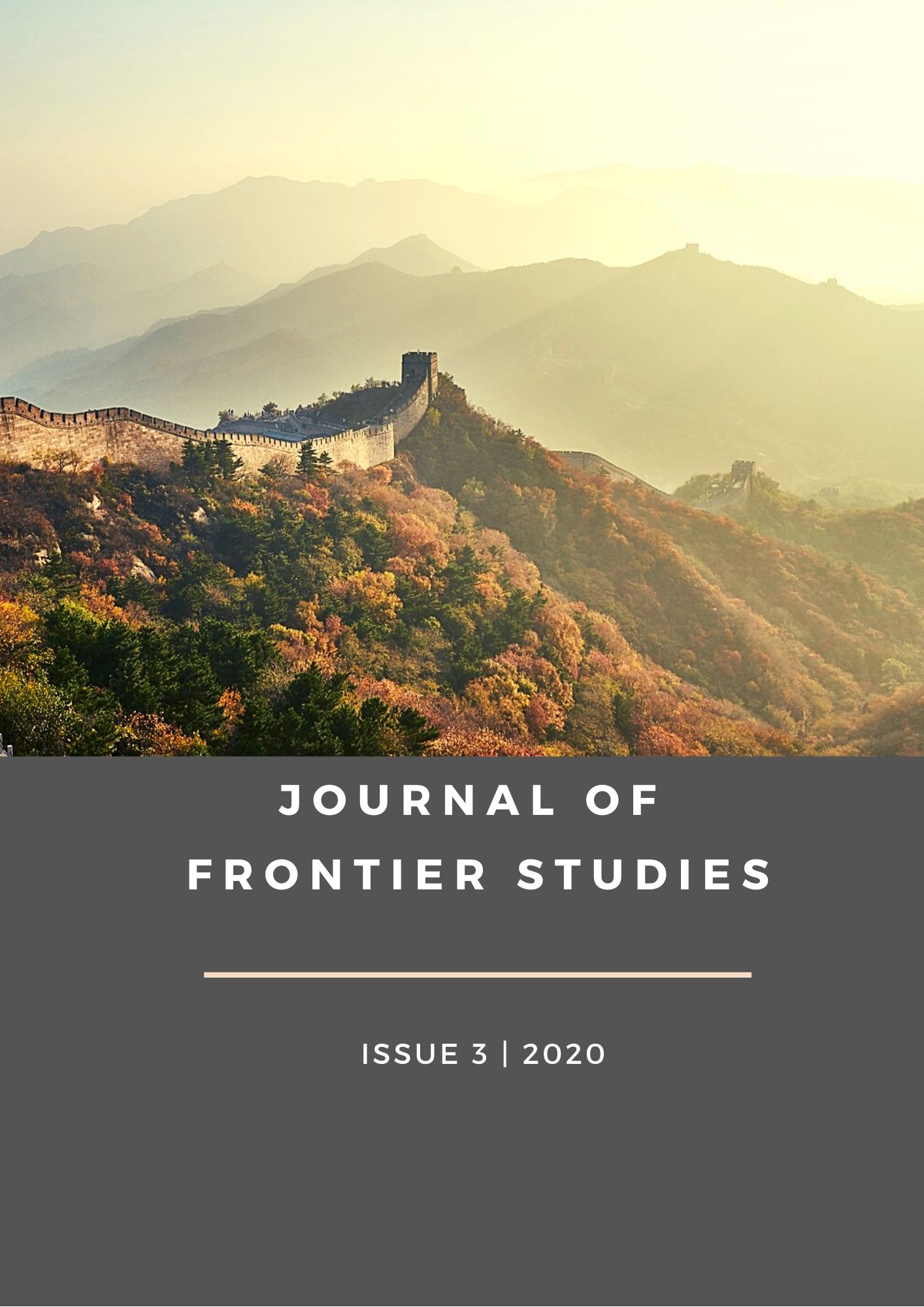Abstract
Catherine II is the only ruler of the Russian Empire whose image is endowed with the most positive features in the public space of post-Soviet Tatarstan. The memory of her is fixed with the help of various commemorative forms: monuments, exhibitions, artworks, and performances are dedicated to her. Based on the analysis of expert interviews, popular science publications and articles in the media, we reconstruct the main versions of the history of the reign of Catherine II, which are promoted in the region. Based on interviews and mass polls, we show how the image of Catherine II is estimated and interpreted by ordinary residents of Tatarstan. The regional policy of memory represents the era of Catherine as the heyday that came after the era of decline, the fall of the Kazan Khanate. However, this time seems to be relatively favorable for the Tatars, because the Tatar people were deprived of the right to their statehood. The image of Catherine II in the mass representations of the inhabitants of Tatarstan is less controversial. Her activity is assessed unambiguously positively. The influence of communicative memory and the general Russian context lead to the fact that ordinary people consider significant events that are not in the discourse of the national movement.
References
Assman, J. (2004). Cultural memory. Writing, memory of the past and political identity in the high cultures of antiquity. M.: Languages of Slavic culture (in Russian).
Badretdin, G., Murtazin, A. & Mukhametrakhimov, A. (2016, April 19). Royal honor: will the Tatars erect a monument to Ebi patsha on the Boar? The business electronic newspaper "Business Online". Retrieved from: https://www.business-gazeta.ru/article/308224 (in Russian).
Bayazitov, I. (2013, February 07). Muslims in Russia. The independent socio-political newspaper "Volga Star". Retrieved from: https://zvezdapovolzhya.ru/obshestvo/musulmane-v-rossii-07-02-2013.html (in Russian).
Busstanov, A. (2016, April 04). “The image of Catherine II and the idea of “rebirth” are the result of some kind of behind-the-scenes compromise. Internet newspaper Realnoe Vremya. Retrieved from: https://realnoevremya.ru/articles/29225 04/20/2016 (in Russian).
Davis, H., Hammond, P. & Nizamova. L. (2000). Media, Language Policy and Cultural Change in Tatarstan: Historic vs. Pragmatic Claims to Nationhood. Nations and Nationalism, 6 (2), 203–226.
Graney, K. E. (2009). Of Khans and Kremlins: Tatarstan and the Future of Ethno-Federalism in Russia. Lanham: Lexington Books.
Hakimov, R. S. (Ed). (2014). The history of the Tatars from ancient times in 7 volumes. Volume V The Tatar people as part of the Russian state (second half of the XVI–XVIII centuries. Kazan: Shigabutdin Marjani Institute of History, Academy of Sciences of the Republic of Tatarstan (in Russian).
Halbwachs, М. (2005). Collective and historical memory. Emergency stock, 40–41(2–3), 8–27 (in Russian).
Hobsbawm, E. (2000). Inventing tradition. Bulletin of Eurasia, (1), 47–62 (in Russian).
Karbainov, N. I. (2018b). Images of the history of “Turkic civilization” in post-Soviet Tatarstan: elite versions and mass representations. Journal of Sociology and Social Anthropology, 21(2), 45–74 (in Russian).
Karbainov, N. I. (2018c). Images of revolutionary events of the 1917–1920s in post-Soviet Tatarstan: versions of elites and mass representations. Petersburg Sociology Today, (10), 77–98 (in Russian).
Karbainov, N. I. (2018а). The ideology of 1552 in post-Soviet Tatarstan: a version of the elites and mass representations. Power and Elites, (5), 211–237 (in Russian).
Karbainov, N. I. (2019a). The image of Ivan the Terrible in post-Soviet Tatarstan: elitist version and mass representations. Journal of Frontier Studies, (4.2), 363–389 (in Russian).
Karbainov, N. I. (2019b). Images of Volga Bulgaria’ history in post-Soviet Tatarstan: elite version and mass representations. Power and Elites, (6), 107–133 (in Russian).
Mirgazizov, R. (2002, March 21). Bagautdina Vaisov: "We serve Allah, not the tsar." The socio-political newspaper "Republic of Tatarstan". Retrieved from: http://rt-online.ru/p-rubr-kult-33480/ (in Russian).
Mukhametdinov, R. F. (2006). Ideological and political trends in postSoviet Tatarstan (1991–2006) (comparison with the experience of Turkey). Kazan: Tamga (in Russian).
Narykova, N. (2008, February 21). Today is International Mother Language Day. IA "Tatar-inform". Retrieved from: http://www.pda.tatar-inform.ru/news/2008/02/21/98744/ (in Russian).
Nizamova, L. R. (2001). Media product and “national” ideology: case studies of the World Tatars Congress. In S.A. Erofeev, L.R. Nizamova (Ed.) Post-Soviet Cultural Transformation: Media and Ethnicity in Tatarstan (pp. 166–233). Kazan: KSU Publishing House. (in Russian).
Olick, J. K. (2012). Figurations of memory: a process-relational methodology illustrated on the German case. Sociological Review, 11 (1), 40–75 (in Russian).
Ovchinnikov, A. V. (2010). A new approach to the study of the phenomenon of modern "national historiography" (for example, "the history of the Tatar people"). Bulletin of the Udmurt University, (1), 79–85 (in Russian).
Raikhshat, A. (2017, June 06). “1 day – 1 exhibit”: Catherine II. Kazan reporter. Retrieved from: https://kazanreporter.ru/post/2368_1_den-_-_1_eksponat-_kareta_ekateriny_ii (in Russian).
Rorlich Azode-Ayse (1999). History, Collective Memory and Identity: the Tatars of Sovereign Tatarstan. Communist and Post-Communist Studies, 32(4), 379–396.
Sabirova, D. K. & Sharapov, J. S. (2009). The history of Tatarstan from ancient times to the present day: a textbook for students of higher educational institutions. M.: Publishing House KnoRus (in Russian).
Schnirelman, V. (2002). Identity and images of ancestors: Tatars before a choice. Bulletin of Eurasia, (4), 128–147 (in Russian).
Shnirelman, V. (1996). Who gets the past? Competition for ancestors among nonRussian intellectuals in Russia. Washington D. C., Baltimore, L.: Woodrow Wilson Center Press, Johns Hopkins University Press.
Tagirov, I. (2014, March 18). Passions heat up. The independent socio-political newspaper "Volga Star". Retrieved from: https://zvezdapovolzhya.ru/obshestvo/nakalyayutsya-strasti-28-02-2014.html (in Russian).
Usmanova, D. (2003). Creating the national history of the Tatars: historiographic and intellectual debates at the turn of the century. Ab Imperio, (3), 337–360 (in Russian).
Valeev, R. (n.d.). "It is difficult to get rid of the" slavish "thinking of a Soviet journalist." The business electronic newspaper "Business Online". Retrieved from: https://www.business-gazeta.ru/article/77749 (in Russian).
Zverev, A. (2002). ‘The Patience of a Nation is Measured in Centuries’. National Revival in Tatarstan and Historiography. In B. Coppieters and M. Huysseune (eds.). Secession, History and the Social Sciences (pp. 69–87). Brussels: VUB Brussels University Press.

This work is licensed under a Creative Commons Attribution 4.0 International License.

